Climate risks to cultural assets
Erosion caused by rising sea levels has severely damaged the iconic Moai statues of Rapa Nui (Easter Island) and also destroyed parts of Kilwa Kisiwani, a historic city in Tanzania.
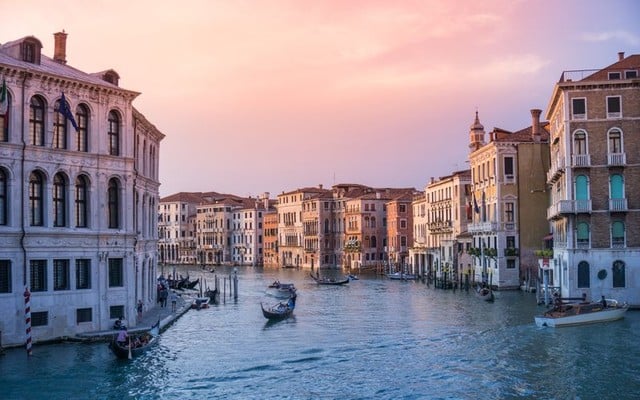
Illustration photo. Source: Havard International Review
Increasing salinity due to rising sea levels is also endangering the Muslim city of Bagerhat, Bangladesh. High rainfall has weakened the structural integrity of sites from Edinburgh to the Chan Chan ruins in Peru.
According to the Intergovernmental Panel on Climate Change (IPCC), people in the island nations of Maldives, Tuvalu, Marshall Islands, Nauru and Kiribati will be unable to continue living due to rising sea levels by 2100.
Any loss of cultural heritage can have negative impacts on communities and individuals.
For this reason, member states around the world should be encouraged to consider ways to protect their national heritage, with UNESCO leading heritage restoration projects. For example, in the wake of ISIS-caused destruction of cultural property, UNESCO sponsored a 2016 exhibition in Rome that featured replicas of the destroyed artifacts.
Notably, leveraging social media can also play a key role in raising awareness. The #Unite4Heritage social campaign, launched by UNESCO in 2015, offers a potential framework to empower local people to share stories and videos on social media.
Although the movement has since ceased, the strategies it developed could help raise global awareness of cultural assets at risk from climate change.
Benefits from nature
Other cost-effective solutions can come from natural ecosystems. The Sundarbans mangrove forests in India and Bangladesh provide coastal flood protection along 2,200 km (1,367 mi) of coastline by reducing wave height and speed. Without the benefits of nature, the cost of building man-made infrastructure to adapt to climate change could be as high as $300 million.
Meanwhile, people from hundreds of villages have collaborated with conservationists to map the landscape, plant mangroves and identify sites for new mangrove plantings.
Through such efforts, villagers earn several hundred US dollars annually, a significant sum in the region. Despite the initial lack of government support, the success has been proven in reducing erosion.
In nearby Bhitarkanika, mangrove planting has also provided additional protection against erosion, which is believed to be due to climate change. Badakot village planted a 25-acre mangrove forest, which has significantly reduced the rate of erosion, which was previously a major concern in the area.
With climate change likely to bring more intense cyclones, the benefits of mangroves in limiting the devastation of floods are significant. This effort will preserve cultural assets in the most affected villages. The effectiveness of such efforts, particularly those that take advantage of the benefits of nature, can speak volumes about climate resilience.
Technique
While community-based projects with access to technology such as mangrove planting are financially viable for poorer areas, few countries have the luxury of pursuing large-scale engineering projects.
The project is similar to the $5.3 billion MOSE floodgate system in the Venice lagoon. While it has protected Venice from water levels that would have previously flooded the city, the forecasts used to build it may now be outdated.
If water levels rise too high, the gates may eventually need to be activated all the time, turning the lagoon into a swamp. The cost of such a project would be prohibitive for many communities, and if initial projections are incorrect, further consequences could follow.
The delay between the initial plan and the completion of construction can become a financial liability if climate realities change unexpectedly during construction. This adds to concerns about cost overruns.
While flood control projects like MOSE may not continue, new technical innovations can be applied on a smaller scale.
The potential of amphibious architecture, which designs buildings to float in floodwaters rather than being damaged or demolished, is one example. Historic buildings can be retrofitted with floating foundations to retain their historic exterior form and location while enhancing their flood resilience.
Digitalization
The island nation of Tuvalu has also recognized the potential of technological solutions to preserve its culture. The government has launched an initiative to ensure that Tuvalu will exist in a digital form in the virtual metaverse.
The islands of Tuvalu themselves play an important spiritual role in local culture, representing a material heritage. As sea levels rise, agriculture in the Pacific island nation of Tuvalu becomes more precarious, and its once-prosperous fishing industry begins to collapse.
The situation in the country is urgent. While other countries may be able to move their assets inland or to higher ground, it is not feasible to relocate cultural sites in the long term in Tuvalu. And the severity of the risks the country faces if the impacts of climate change are not addressed is also predicted.
Therefore, digitalization may become the only sensible way to maintain elements of Tuvaluan culture and virtual reality can be leveraged to keep Tuvaluan cultural identity vibrant even when displaced from their ancestral lands.
Today, the world is increasingly paying more attention to cultural assets in discussions about climate change to promote efforts to protect heritage destinations.
Social media can raise awareness of important cultural assets. The combined potential of scientific understanding of climate change, timely interventions to mitigate natural and man-made damage, and new digital applications such as the virtual metaverse can promote more valuable cultural preservation./.
Source


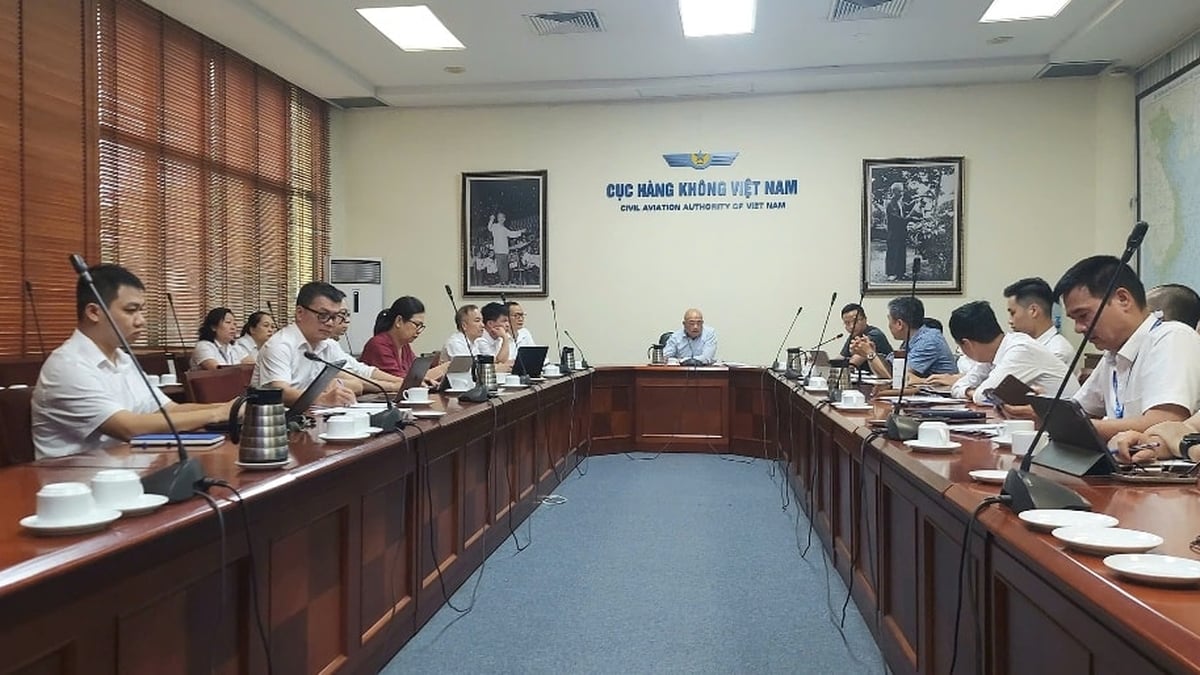



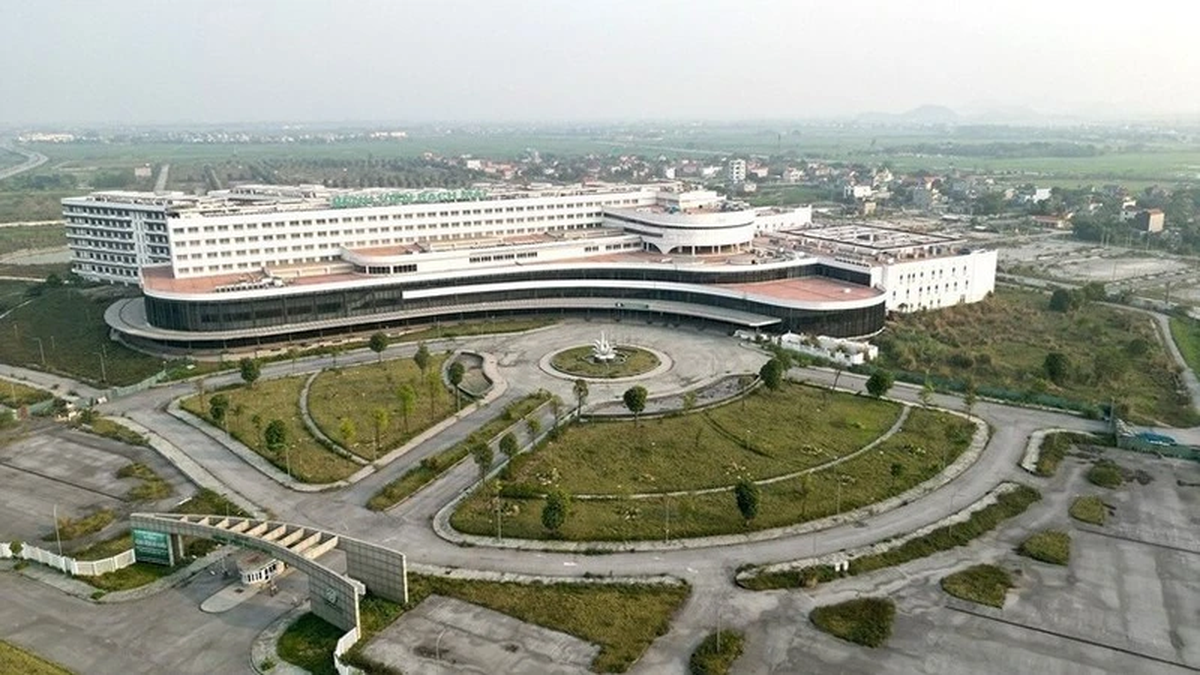
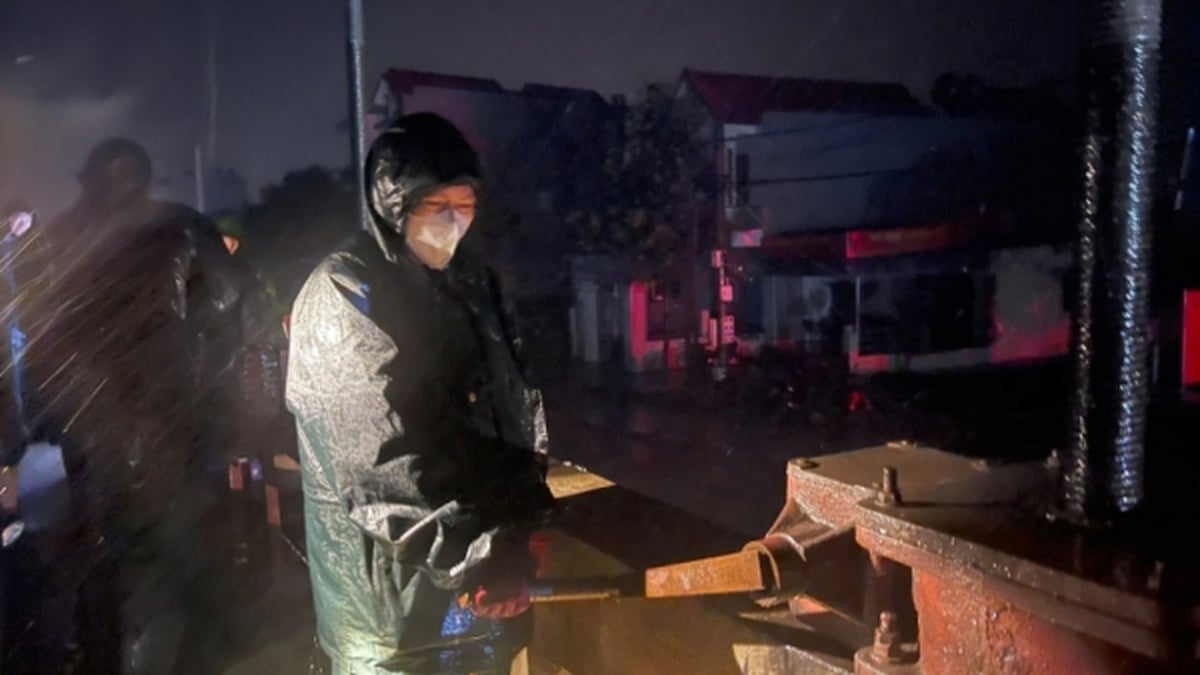
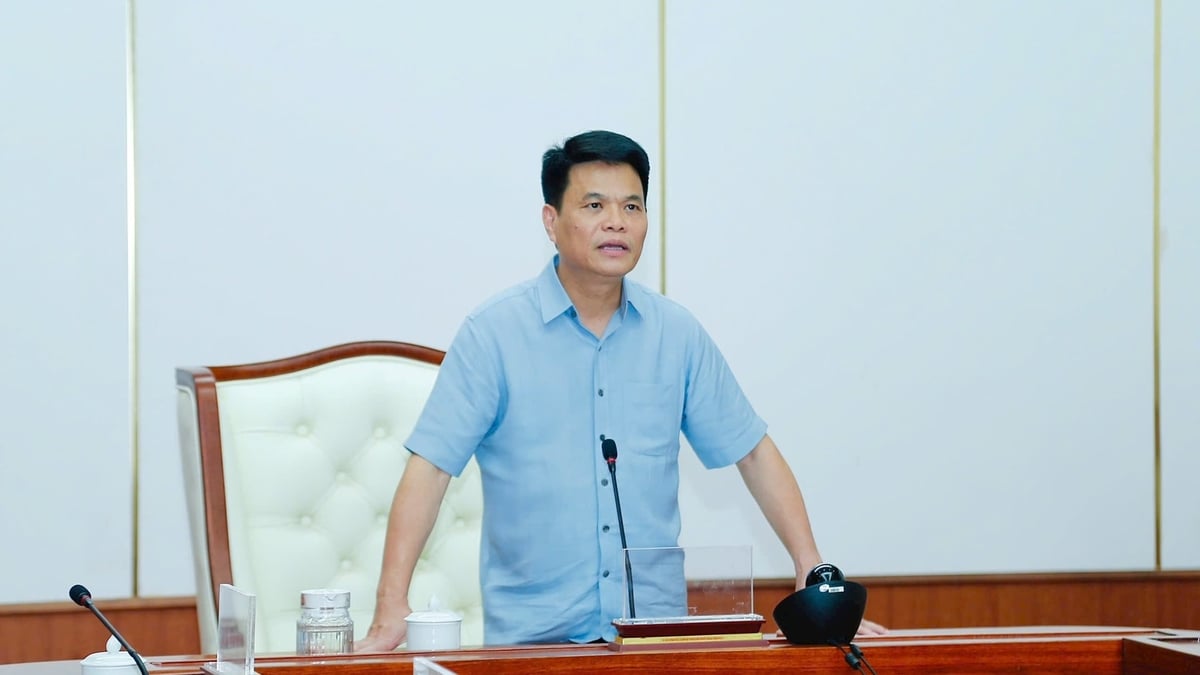

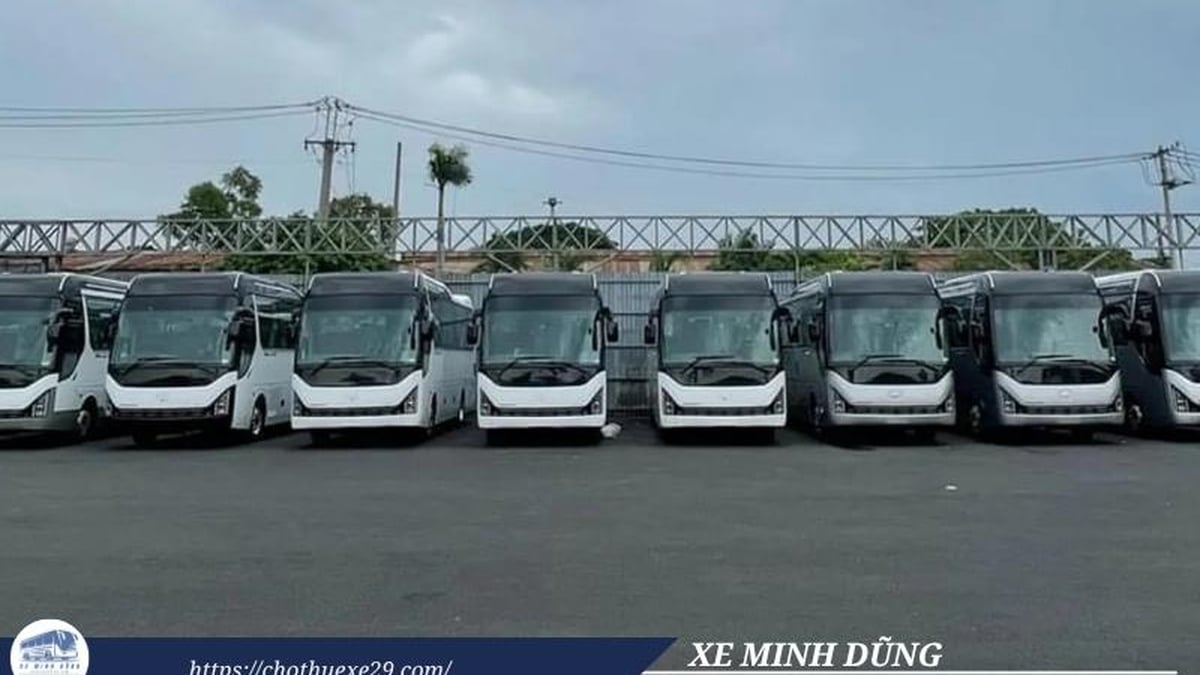
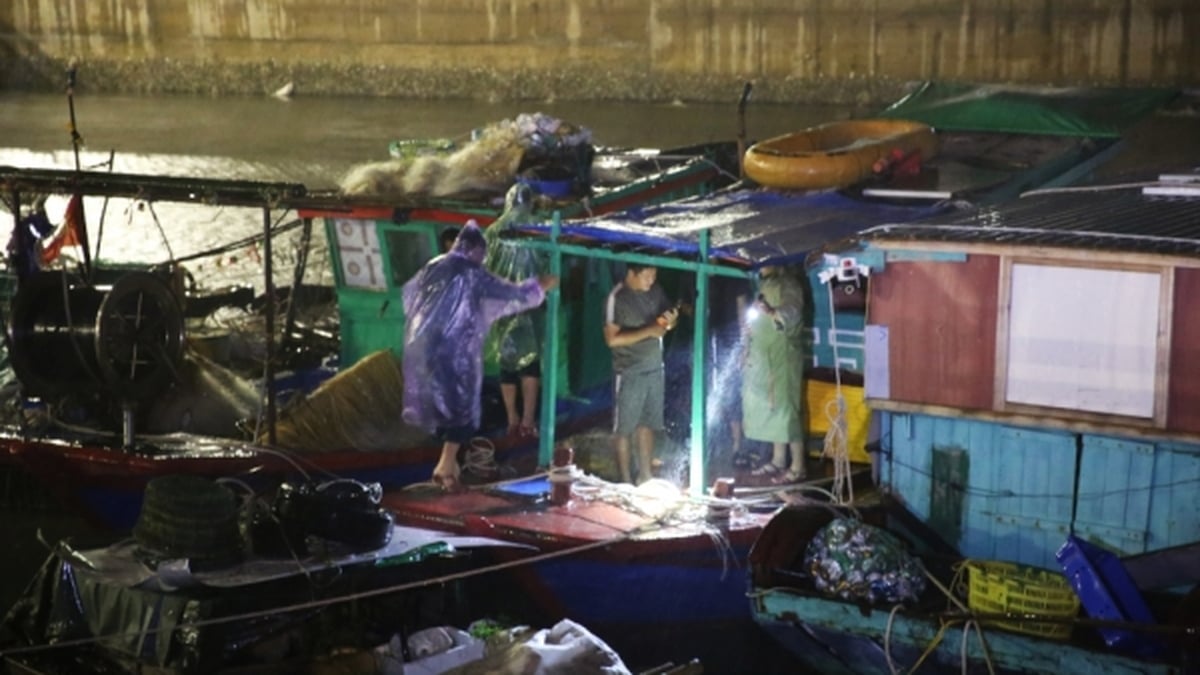












![[Photo] National Assembly Chairman Tran Thanh Man visits Vietnamese Heroic Mother Ta Thi Tran](https://vphoto.vietnam.vn/thumb/1200x675/vietnam/resource/IMAGE/2025/7/20/765c0bd057dd44ad83ab89fe0255b783)













































































Comment (0)